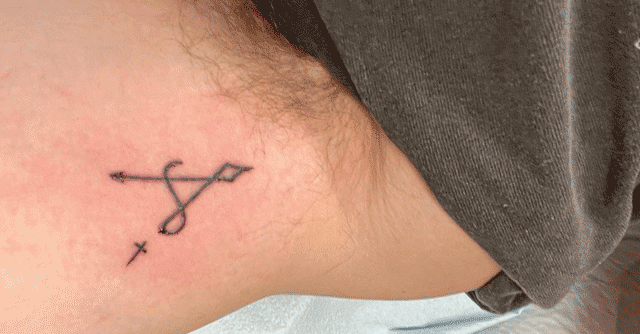
OpenAI’s graphic designing neural network has helped create the world’s first AI tattoo

OpenAI, the artificial intelligence (AI) research company, gained a reasonable amount of hype when it first showcased the abilities of Dall-E, a graphic-designing neural network algorithm. Now, the algorithm’s second generation has gone ahead and helped design what is being touted as the world’s first AI-designed tattoo.

Everett Randle, a principal at California-based venture capital investment firm, Founders Fund, posted a photograph of a tattoo on his arm on Sunday, April 10. In the post, Randle claimed that the tattoo in question is, in fact, the world’s first that has been designed by an AI algorithm. Since his post, Randle has received both positive and negative comments on the same, including those who questioned the American investor on what language input did he provide for the algorithm to generate such a tattoo design.
Dall-E 2, which is the AI algorithm that helped design the tattoo in question, is a natural language processing neural network that can generate automated images based on natural language commands. Owned and operated by OpenAI, Dall-E 2 seeks to simulate the cognitive ability of a human brain to ‘imagine’ a scenario based on what is being said.
OpenAI has claimed that Dall-E 2 is capable of generating images even beyond the data subset that the neural network has been trained on. However, when it comes to this particular tattoo, it isn’t clear as to what may have contributed to the AI algorithm generating the design that it did.

At the time of publishing, the Dall-E 2 AI-generated tattoo does appear to be the first one that was designed by a neural network algorithm. There have, however, been instances of the use of technology and automation in tattoos before. In August 2016, French industrial design team Appropriate Audiences used a full-size, automated industrial robot to ink a tattoo on a person’s leg. The latter showcased the fine control ability for automated robots, which in turn could open up various industry applications if so desired.
In the same month, a collaboration between big tech firm Microsoft and the Massachusetts Institute of Technology (MIT)’s Media Lab led to the creation of DuoSkin – a ‘smart’ tattoo. The latter used gold leaf material to imprint a temporary tattoo on a person’s skin. This tattoo also had embedded microcontrollers, which could be used to control various aspects of a smartphone.
